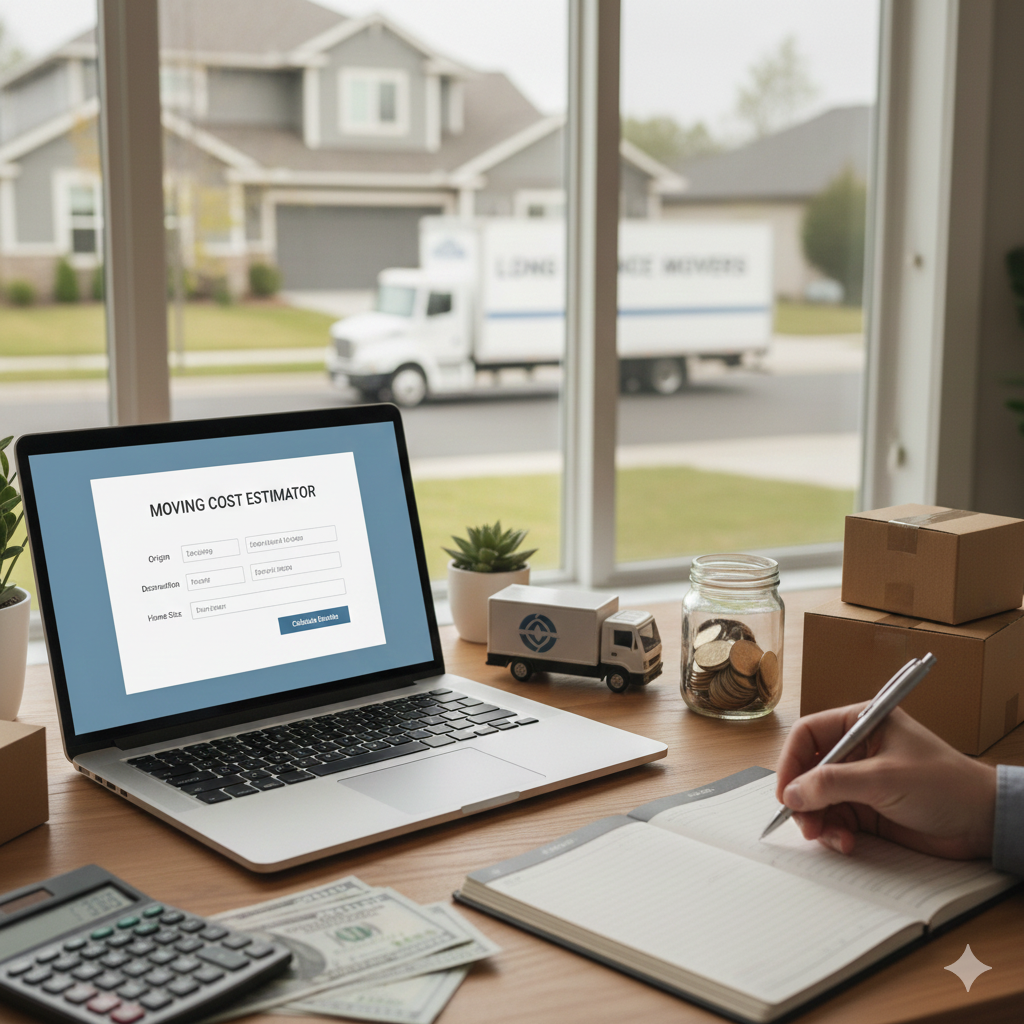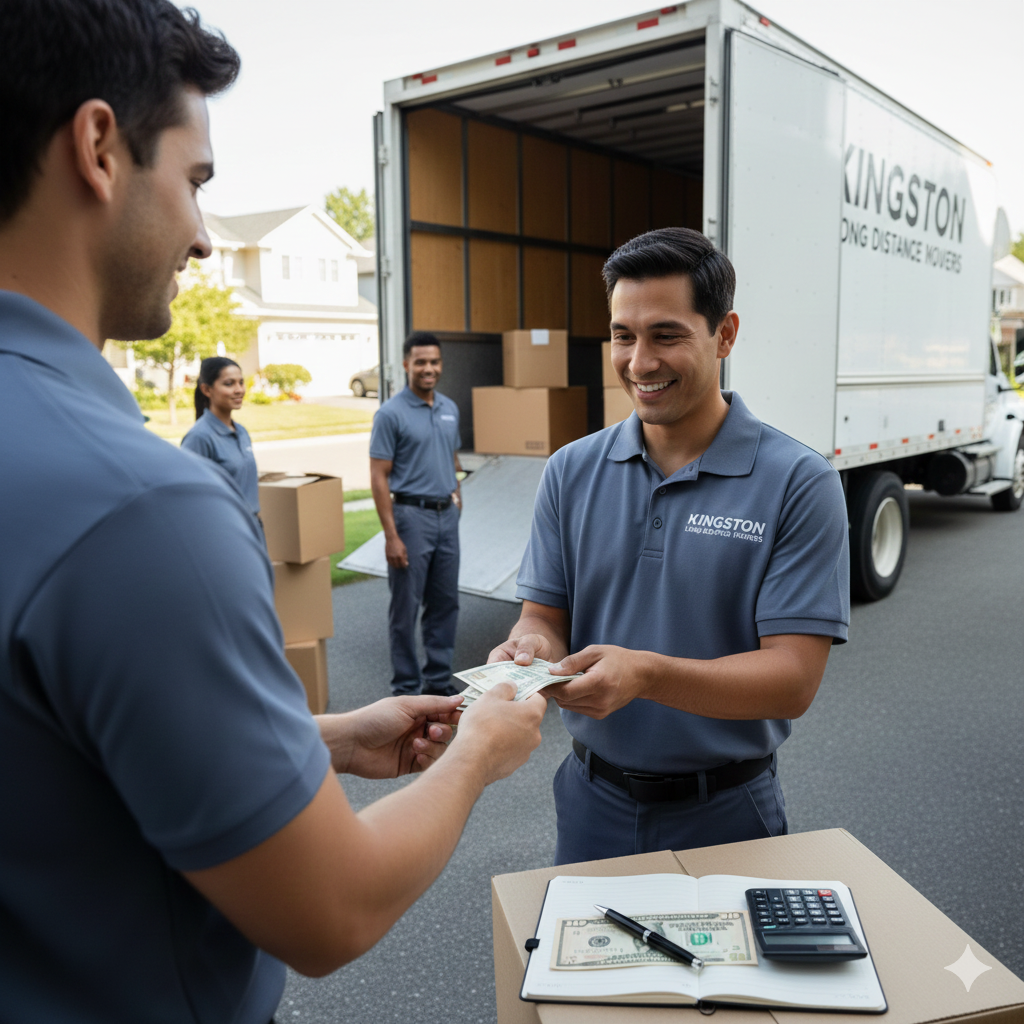Organizing Your Stress-Free Local Move
- Essential Tips for Organizing a Stress-Free Local Move
- Plan Ahead to Minimize Moving Stress
- Create a Comprehensive Moving Checklist
- Set a Realistic Timeline for Tasks
- Notify Important Parties of Your Move
- Reserve Equipment and Services Early
- Declutter Your Home Before Packing
- Sort Belongings Into Keep, Donate, and Discard
- Host a Garage Sale or Donate Items
- Properly Dispose of Unwanted Items
- Organize Documents and Important Papers
- Organize and Streamline Your Packing Process
- Gather Necessary Packing Supplies
- Pack One Room at a Time
- Label Boxes Clearly With Contents and Destination
- Use an Inventory List to Track Items
- Pack an Essentials Box for Immediate Needs
- Hire Reputable Local Moving Professionals
- Hire Reputable Local Moving Professionals
- Research and Compare Local Movers
- Check Credentials and Read Reviews
- Obtain and Compare Quotes
- Understand the Terms and Conditions
- Prepare Your New Home Before Arrival
- Clean and Prep the Space Ahead of Time
- Set Up Utilities and Services
- Plan the Layout of Each Room
- Ensure Easy Access for the Moving Truck
- Stay Calm and Organized on Moving Day
- Start Early and Stick to Your Schedule
- Keep Important Items Accessible
- Coordinate With Movers and Family Members
- Do a Final Walkthrough of Your Old Home
Essential Tips for Organizing a Stress-Free Local Move
Moving can often lead to unexpected stress and rising moving costs, especially for those relocating to a new local area. In this post, I will share essential tips for organizing a stress-free local move. We’ll cover the importance of planning ahead to minimize moving expenses, decluttering your home to streamline packing, and hiring reputable local moving professionals. By following these tips, you’ll feel more in control of the process and ready to tackle the challenges of moving day. Let’s eliminate that moving stress together and ensure a smooth transition to your new home.
Plan Ahead to Minimize Moving Stress
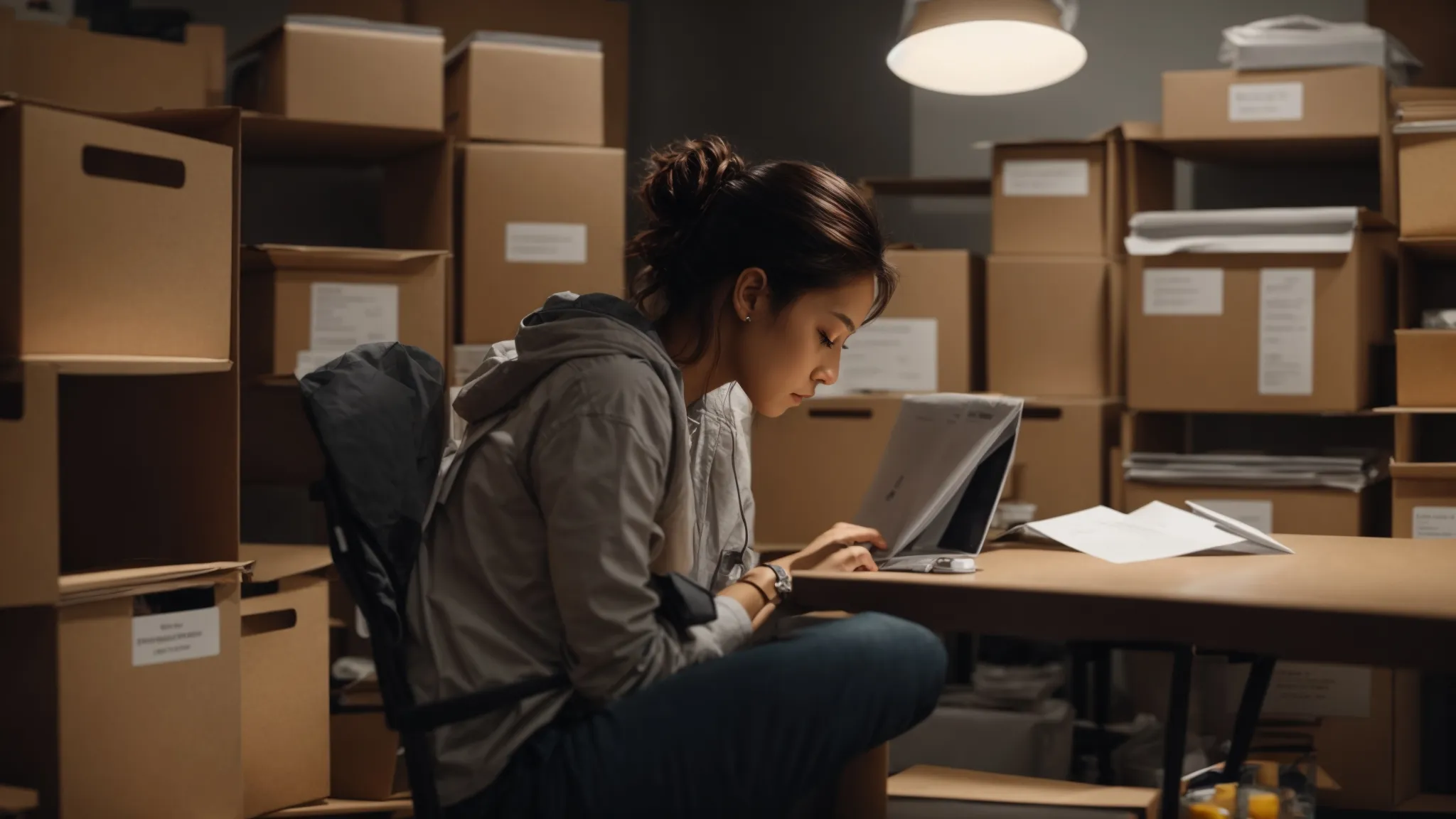
To ensure a smooth and stress-free local move, I recommend planning ahead by covering essential tasks early on. Start by creating a comprehensive moving checklist to keep track of all necessary steps. Set a realistic timeline for each task, notify important parties of your move, and reserve your equipment and services in advance. Remember to consider recycling options for waste disposal and to handle utility transfers seamlessly.
Create a Comprehensive Moving Checklist
Creating a comprehensive moving checklist is one of the most effective ways I’ve found to ensure a smooth local move. Start by outlining all the tasks you need to tackle, such as sorting through your bedroom belongings and identifying items for donation. Keep track of the volume of items to pack, particularly linen and larger furniture, as this will help minimize the risk of injury when lifting heavy boxes or moving pieces during the actual move.
| Moving Checklist Example | |
|---|---|
| Task | Description |
| Sort Belongings | Go through each room and separate items to keep, donate, or discard. |
| Calculate Volume | Measure the size of boxes needed based on the volume of items to move. |
| Handle Linen | Pack linen separately for easier access upon arrival at your new home. |
Set a Realistic Timeline for Tasks
Setting a realistic timeline for tasks is crucial when planning a local move. I recommend breaking down each phase of your move and estimating how long each step will take—this includes tasks like packing, arranging for movers, and reviewing the service quality of different companies. Remember to read the fine print on contracts, especially if you are considering options like environmentally friendly packing materials or additional services, as these can impact your timeline and budget, especially during cross country moves.
Notify Important Parties of Your Move
Notifying important parties of your move is a crucial step that I always emphasize to clients. Whether it’s updating your utility providers, informing your bank, or letting your employer know about your change in address, timely notifications can help mitigate complications and unexpected expenses later. I suggest keeping essential items such as a first aid kit, suitcase, and scissors handy while you pack, as these often serve as last-minute necessities that can save you stress as you transition to your new location. Understanding the price and expenses of transferring services ahead of time allows you to avoid surprises and stay within your moving budget.
Reserve Equipment and Services Early
In my experience, reserving equipment and services early is essential to minimizing the risk of delays on moving day. By securing a van and any necessary moving supplies ahead of time, you not only guarantee availability but also ease the stress of last-minute scrambling. Additionally, consider reaching out to local food banks to donate items you no longer need, further simplifying your move while helping others in your community.
| Essential Tips for Reserving Equipment and Services | |
|---|---|
| Action | Description |
| Reserve Moving Van | Book your van early to avoid availability issues on moving day. |
| Check Supplies | Ensure you have all necessary packing materials reserved, including boxes and tape. |
| Plan Donations | Reach out to local food banks for donation opportunities before packing. |
As you plan your move, think about what you truly need. Clearing the clutter before packing can lighten your load and make the journey ahead smoother.
Declutter Your Home Before Packing

To create a smooth local move, I always emphasize decluttering your home before packing. Start by sorting your belongings into three categories: keep, donate, and discard. Hosting a garage sale or donating items can make a positive impact while ensuring customer satisfaction. Additionally, properly disposing of unwanted items and organizing important papers with a utility knife will streamline the packing process and simplify your move into your new property.
Sort Belongings Into Keep, Donate, and Discard
Sorting your belongings into categories of keep, donate, and discard is a critical step in the decluttering process before your local move. I suggest starting with your closet, as it often holds items that may no longer serve you. Engage with reputable moving companies to see if they offer moving services that include packing assistance, which can be beneficial if you need help managing large amounts of items. By taking the time to clear out unused or unnecessary things, you not only lighten your load but also ensure that your transition is smooth and organized, receiving the attention it deserves during this busy time.
Host a Garage Sale or Donate Items
Hosting a garage sale or donating items is one of the best ways I’ve found to declutter before a move. Not only does this approach boost accessibility by clearing out unnecessary belongings, but it also allows you to engage with your community while making a positive impact. When organizing a garage sale, I recommend checking the policies of your local moving company regarding item pickups, as some may offer services to collect unsold items within an hour, ensuring a smooth transition while helping you lighten your load.
Properly Dispose of Unwanted Items
Proper disposal of unwanted items is an essential step in my moving process that often gets overlooked. I always recommend using sturdy cardboard boxes to contain items destined for donation or recycling, making them easier to transport. Additionally, before you pack up, consider utilizing old gear or gloves to handle any potentially hazardous materials, ensuring safety while you load your vehicle. If you need assistance, checking moving company reviews can help you find companies that facilitate item pickups or disposal services, making it even more convenient.
Organize Documents and Important Papers
Organizing documents and important papers is a crucial step I recommend before a local move to ensure everything is in order. I suggest creating a dedicated folder for essential documents such as contracts, moving service agreements, and any paperwork related to flat-rate moving quotes, especially if your property has stairs that may affect the logistics. This preparation not only keeps everything accessible but also facilitates communication with your van lines and enhances customer service, making your moving day as seamless as possible.
With your home decluttered, you’ve made space for what truly matters. Now, it’s time to organize and streamline your packing process, turning chaos into order as you prepare for your move.
Organize and Streamline Your Packing Process
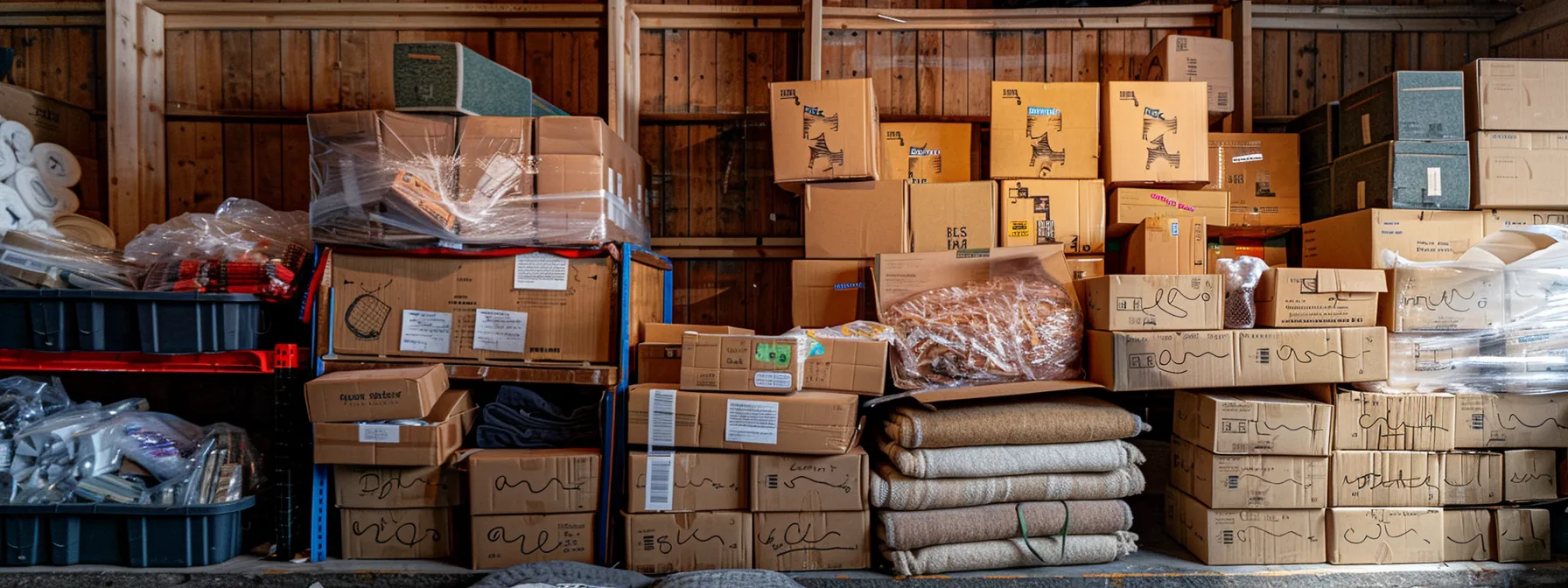
To effectively organize and streamline your packing process during a local move, I recommend gathering essential packing supplies such as boxes, bubble wrap, and blankets. Moving one room at a time helps keep the process manageable. Additionally, clearly labeling boxes and using an inventory list allows for easy tracking of your items. Lastly, don’t forget to pack an essentials box to cover your immediate needs on moving day.
Gather Necessary Packing Supplies
Gathering necessary packing supplies is the first step towards ensuring efficiency during your local move. I recommend having sturdy boxes of various sizes to accommodate items from each room, along with bubble wrap and packing peanuts for protecting fragile belongings. Additionally, if you need extra space, consider looking into self storage options to keep your items safe until you finalize your move, and make sure to review any rental contract carefully to understand the terms involved.
Pack One Room at a Time
Packing one room at a time is a strategy I always recommend to clients looking to streamline their local move. By focusing on one area, such as your bedroom or living room, it becomes much easier to manage your belongings and reduce stress. For example, when packing your pet’s crate or the litter box area, ensure you have easy access to their medication and other essentials during the transition. Not only does this method enhance organization, but it also keeps the moving process smoother, especially if you’re considering future options like cross country moving where careful planning is essential for a successful relocation.
Label Boxes Clearly With Contents and Destination
In my experience, clearly labeling boxes with their contents and destination is essential for an organized local move. I recommend using durable markers and packing tape to ensure that labels remain intact, as damaged labels can lead to confusion and potential damages during the move. For example, if I pack a box containing towels, I’ll write “Bathroom – Towels” on it, making it easy to identify where it belongs and avoiding the hassle of searching through multiple boxes. Additionally, if you’re renting moving supplies like plastic wrap, consider labeling those items as well to keep everything organized and accessible, especially when coordinating with national van lines for logistics.
Use an Inventory List to Track Items
Using an inventory list is a vital strategy during a local move that I always recommend to my clients. This method allows you to track items as you pack, ensuring nothing gets lost or left behind. For instance, when preparing for the move, I categorize essentials such as first aid kits and important documents, like your lease agreement, making them easy to locate when settling in at your new home. By working with professional moving services, I often find that an organized inventory simplifies communication and helps manage expectations regarding what items will arrive at your new location.
| Inventory List Example | |
|---|---|
| Item | Category |
| First Aid Kit | Essentials |
| Lease Agreement | Documents |
| Kitchen Utensils | Kitchen |
| Clothing | Closet |
Pack an Essentials Box for Immediate Needs
Packing an essentials box is one of the most critical moves I recommend for a stress-free local move. This box should include essential items you’ll need immediately upon arrival, such as toiletries, important documents (like your real estate agent‘s license), basic kitchen supplies, and items like a plastic bag for any last-minute garbage or items you might need to transport. By organizing these necessities ahead of time, you minimize the logistical challenges on moving day and ensure you have everything at your fingertips when you need it most.
| Essentials Box Contents | |
|---|---|
| Item | Description |
| Toiletries | Basic hygiene products such as toothbrushes, toothpaste, and soap. |
| Important Documents | Items like your real estate agent’s license, lease agreement, and personal identification. |
| Basic Kitchen Supplies | Utensils and a few essential cooking items to help you settle in. |
| Plastic Bag | A bag for any immediate trash or items to dispose of during the move. |
You’ve sorted your things and packed with care. Now, it’s time to bring in the experts to handle the heavy lifting.
Hire Reputable Local Moving Professionals
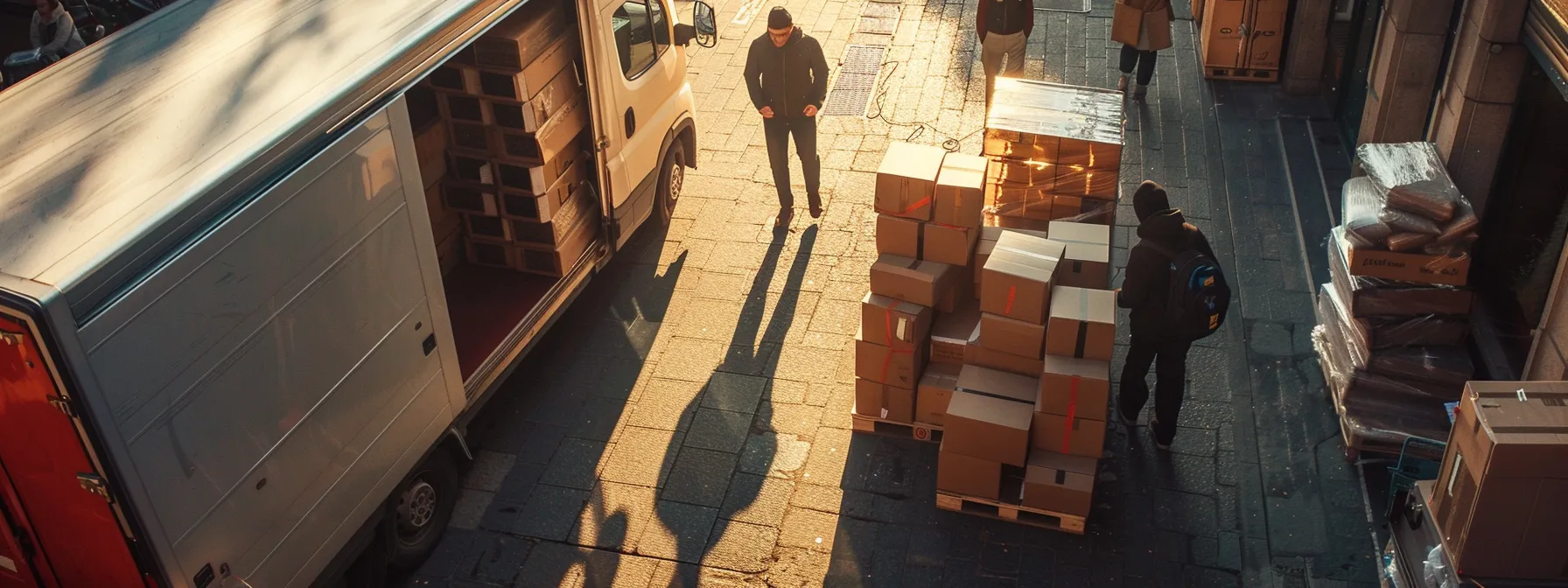
Hire Reputable Local Moving Professionals
Researching and comparing local movers is the first step toward a stress-free local move. I suggest checking credentials and reading reviews to gauge the quality of services provided by professional movers. Obtaining multiple quotes helps you assess demand and make informed choices, while understanding the terms and conditions ensures clarity on costs, including any fees for plastic or foam packing materials.
Research and Compare Local Movers
When it comes to hiring reputable local moving professionals, I always emphasize the importance of researching and comparing local movers. Look for Local Moving Services with strong reviews, as these can provide insight into their reliability and organization. Additionally, request quotes for Flat Rate Moving to avoid any unexpected charges later on, and make sure to inquire about Commercial moving services if you’re relocating your business. Understanding the various Moving Labor Services offered by different companies can help you tailor your move to fit your needs, ensuring a smooth transition.
- Research local moving services with strong reviews.
- Request quotes for fixed rate moving options.
- Explore commercial moving services if relocating your business.
- Understand available moving labor services for a tailored experience.
Check Credentials and Read Reviews
When hiring local moving professionals, I always recommend checking their credentials and reading reviews to ensure they have a solid reputation. A good starting point is the FMCSA Homepage, where you can verify if the movers are licensed and insured, which is crucial for protecting your belongings during the move. Additionally, looking for reviews about their Junk Removal Services and Moving Insurance can provide insight into their customer satisfaction levels and help you make an informed decision.
Obtain and Compare Quotes
Obtaining and comparing quotes from local moving professionals is a crucial step in ensuring a stress-free local move. I recommend reaching out to multiple movers to gather detailed estimates that include all potential costs, such as labor, transportation, and packing materials. This allows you to evaluate each option and make an informed decision based on your budget and service needs. Don’t hesitate to ask questions about the quotes to clarify any uncertainties, as transparency can significantly impact your moving experience:
- Reach out to several local moving professionals.
- Gather detailed estimates that outline all potential costs.
- Evaluate each option based on your budget and service needs.
- Ask questions about quotes for clarification on services.
Understand the Terms and Conditions
When hiring reputable local moving professionals, I always emphasize the importance of understanding the terms and conditions outlined in their contracts. This includes details on pricing, payment methods, and any additional fees that may arise during the moving process. By taking the time to read and clarify these terms, you can prevent misunderstandings and avoid unexpected charges, ensuring a smoother and more transparent experience on moving day.
- Research local moving services with strong reviews.
- Request quotes for fixed rate moving options.
- Explore commercial moving services if relocating your business.
- Understand available moving labor services for a tailored experience.
- Check credentials to verify proper licensing and insurance.
- Read customer reviews to gauge satisfaction levels.
- Obtain multiple quotes to compare services and costs.
- Clarify terms and conditions to avoid unexpected charges.
After you’ve chosen the right moving team, the next step awaits. Preparing your new home before the movers arrive can set the stage for a smoother transition.
Prepare Your New Home Before Arrival

To ensure a smooth transition into your new home, it’s crucial to clean and prep the space ahead of time. Setting up utilities and services is essential for comfort, while planning the layout of each room can save you time during the move. Additionally, ensuring easy access for the moving truck will streamline the process and help everything go smoothly.
Clean and Prep the Space Ahead of Time
Cleaning and prepping the space ahead of time is a critical step for a successful local move. I always recommend that my clients arrive at their new home before moving day to give everything a thorough clean, including floors, cabinets, and appliances. This not only ensures a fresh start but also allows you to envision where your furniture and belongings will go, making the unpacking process much smoother and more organized.
- Arrive early to give yourself time to clean.
- Focus on floors, cabinets, and appliances for a fresh start.
- Visualize furniture placement to simplify unpacking.
Set Up Utilities and Services
Setting up utilities and services before you arrive at your new home is essential for a hassle-free transition. I recommend contacting your utility providers early, including electricity, water, gas, internet, and cable, to ensure everything is operational on moving day. By scheduling the start dates in advance, you avoid the inconvenience of moving into a space without essential services, allowing you to settle in comfortably and focus on unpacking.
| Utility Setup Checklist | |
|---|---|
| Utility Type | Action Required |
| Electricity | Contact provider to schedule service start date. |
| Water | Inform local water company of your new address. |
| Gas | Arrange for service activation before arrival. |
| Internet | Set up installation appointment early. |
| Cable | Schedule cable setup to avoid delays. |
Plan the Layout of Each Room
Planning the layout of each room in your new home is an essential step to ensure a seamless transition during your local move. Before moving day, I recommend taking measurements of your furniture and the new spaces to visualize how everything will fit together. This proactive approach not only helps reduce the time spent arranging items upon arrival but also allows you to create an organized flow in your new living space, making it more comfortable and functional.
- Measure each room to understand the available space.
- Consider the placement of large furniture first, like couches and beds.
- Take note of electrical outlets and natural light sources when planning.
- Visualize how you want to use each room to enhance functionality.
Ensure Easy Access for the Moving Truck
Ensuring easy access for the moving truck is a crucial step that I advise clients to prioritize before their local move. I recommend checking your new home’s driveway, street, and any potential obstructions that could hinder the truck’s arrival, such as low-hanging branches or parked cars. If possible, coordinating with neighbors for temporary street parking can further facilitate a smooth unloading process, allowing you to settle into your new home without unnecessary delays or complications.
Now that your new home is ready, the real challenge begins. Staying calm and organized on moving day will make all the difference as you embark on this new chapter.
Stay Calm and Organized on Moving Day

Start early and stick to your schedule to ensure a smooth moving day. I recommend keeping important items accessible, coordinating effectively with movers and family members, and doing a final walkthrough of your old home. Each of these steps can significantly reduce stress and enhance organization during your local move, making the transition easier and more efficient.
Start Early and Stick to Your Schedule
Starting early and sticking to your schedule is crucial for a stress-free local move. I always plan my moving day with a detailed timeline, allowing for extra time to address any unexpected delays. By waking up early and having a clear list of tasks, I can ensure that everything runs smoothly, reducing anxiety and keeping the process organized. This approach not only helps me stay on track but also provides a sense of control, making the entire transition more manageable.
Keep Important Items Accessible
Keeping important items accessible on moving day is vital to ensure a smooth transition, as I’ve seen firsthand the difference it can make. I recommend designating a special box or bag for essential items like toiletries, medications, important documents, and basic kitchen supplies. This way, you will have immediate access to what you need without rummaging through multiple boxes as you settle into your new space:
- Designate a box or bag specifically for essentials.
- Include toiletries and medications for immediate use.
- Pack important documents for easy access during the move.
- Consider including basic kitchen supplies for the first day.
Coordinate With Movers and Family Members
Coordinating with movers and family members on moving day is essential for ensuring everything goes according to plan. I recommend having a clear communication strategy, including assigning specific tasks to family members and providing the movers with any necessary details about your new home. For instance, designating areas for furniture or clearly marking the rooms can help eliminate confusion and streamline the process, making the day smoother for everyone involved:
- Assign tasks to family members to enhance efficiency.
- Communicate specific needs and directions to the movers.
- Clearly label rooms to facilitate organized unloading.
- Maintain open communication throughout the day.
Do a Final Walkthrough of Your Old Home
Before leaving your old home, I always advise doing a final walkthrough to ensure nothing is overlooked. This is your opportunity to check for any items left behind, secure windows and doors, and verify that utilities are properly disconnected. I recommend systematically going through each room, including closets and storage spaces, as this practice not only helps you avoid regrets but also provides peace of mind on moving day.


